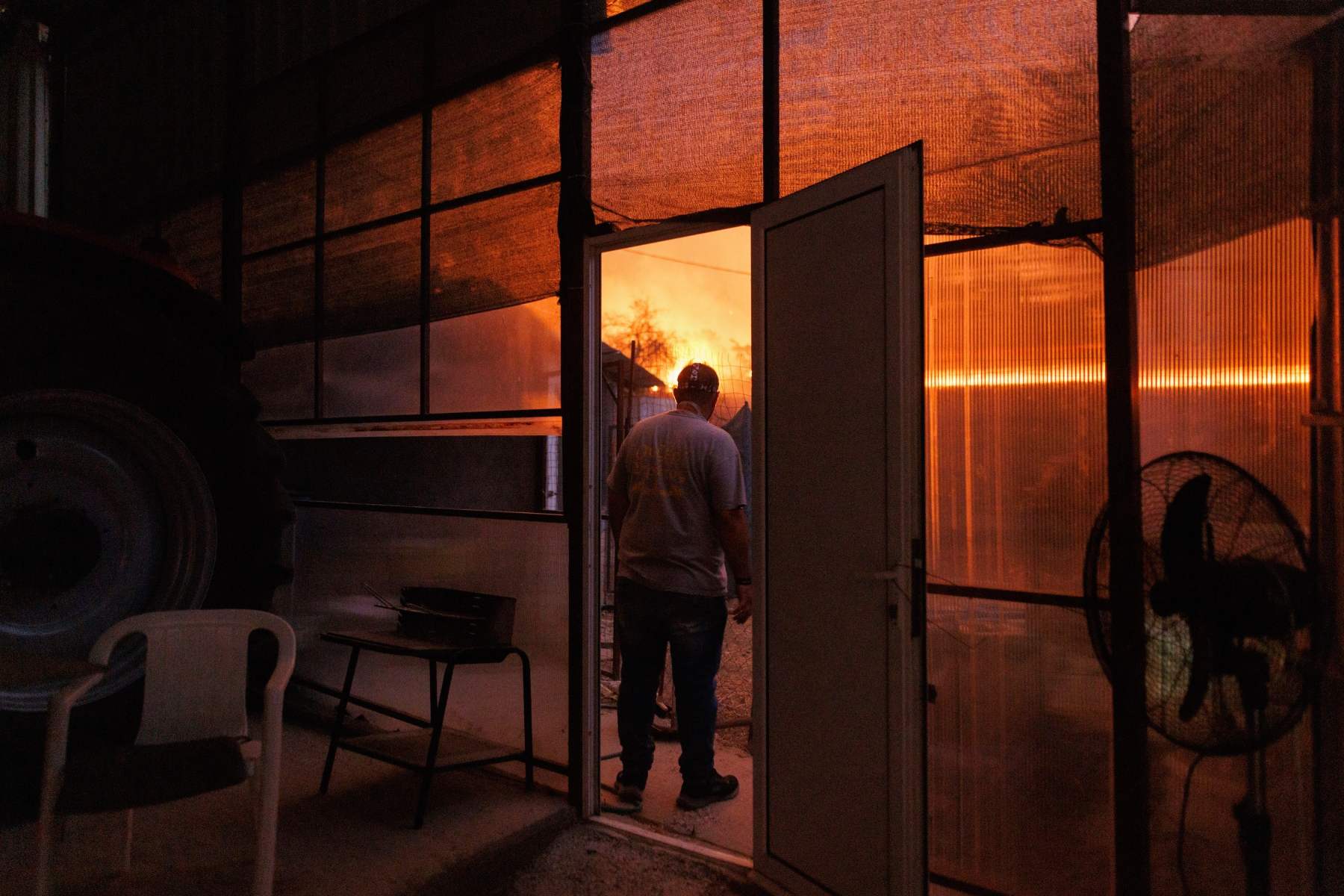Aside from its delicious taste, rhubarb is loved for its versatility as a crop and in cooking. The ruby red and green stalks can be reared in pots for those without an empty soil bed as long as they receive ample sunlight and regular watering. Gardeners should also undertake a few simple maintenance tasks throughout the year, including three important ones in spring.
Luke Dejahang, gardening expert and CEO of Crown Pavilions , told Express.co.uk that tidying rhubarb plants can help them achieve “optimal growth.

” He said, “Clear the crowns to remove any old leaves or weeds and debris surrounding the plant.” Gardeners should also prioritise removing flower stalks as soon as they appear. Then, to retain moisture and suppress weeds, mulch around the base of the plant.
When mulching, take care to avoid covering the crown itself. A more pressing task that anyone should do when growing mature rhubarb plants is to divide them. Luke said: “If the plant is around three to four years old, it is advised to divide it as this will encourage new rhubarb growth.
” The best time to divide rhubarb in the UK is during its dormant period, typically between late autumn (November) and early spring (March). The meteorological summer begins on June 1, but in gardening, the season transitions from spring to summer around May. Given that it’s already April, it’s best to do it swiftly to reap the full benefits of splitting rhubarb.
Doing it much later in the month means you will likely need to wait longer for a harvest than splitting in winter. As far as caring for growing rhubarb plants, feeding them with a nitrogen-rich fertiliser “will give the plant a great boost and ensure strong, fruitful growth,” said Luke. A balanced fertiliser or organic matter like compost or well-rotted manure is recommended for use in spring.
People currently forcing rhubarb should ensure the crowns are completely covered to block out light, encouraging the growth of tender, sweet stems. The gardening expert suggests regularly checking the soil every two to three weeks to ensure it is moist but not waterlogged and has a consistent boost of nutrients through compost or manure. “In milder weather, you may see rhubarb growth be much faster, and you want to ensure that the stems are developing properly,” said Luke.
Rhubarb is ready to eat when the stalks are at least 10 inches long and have a flat surface. Luke explained: “The rule of thumb is that the deeper the red colour of the rhubarb is, the more flavoursome the stalks will be.” To ensure you grow the best fruits this year, it is recommended that you harvest early and pick the stalks when they are young and tender, which is usually between April and mid-July.
The gardening expert noted the importance of a proper technique: “Grasp the stalks near the base and pull slightly to one side to avoid damaging the plant.” If your rhubarb plants were newly planted this year, harvesting the fruit in the same growing season is not recommended. Luke said that leaving them to grow without being picked allows strong roots to establish and ensure continual growth in the future.
.
Environment

Gardeners with rhubarb must do 3 jobs now for 'strong and fruitful growth' in summer

Tart yet sweet rhubarb is a staple summer fruit for many households given that it is so easy to grow in the garden.















